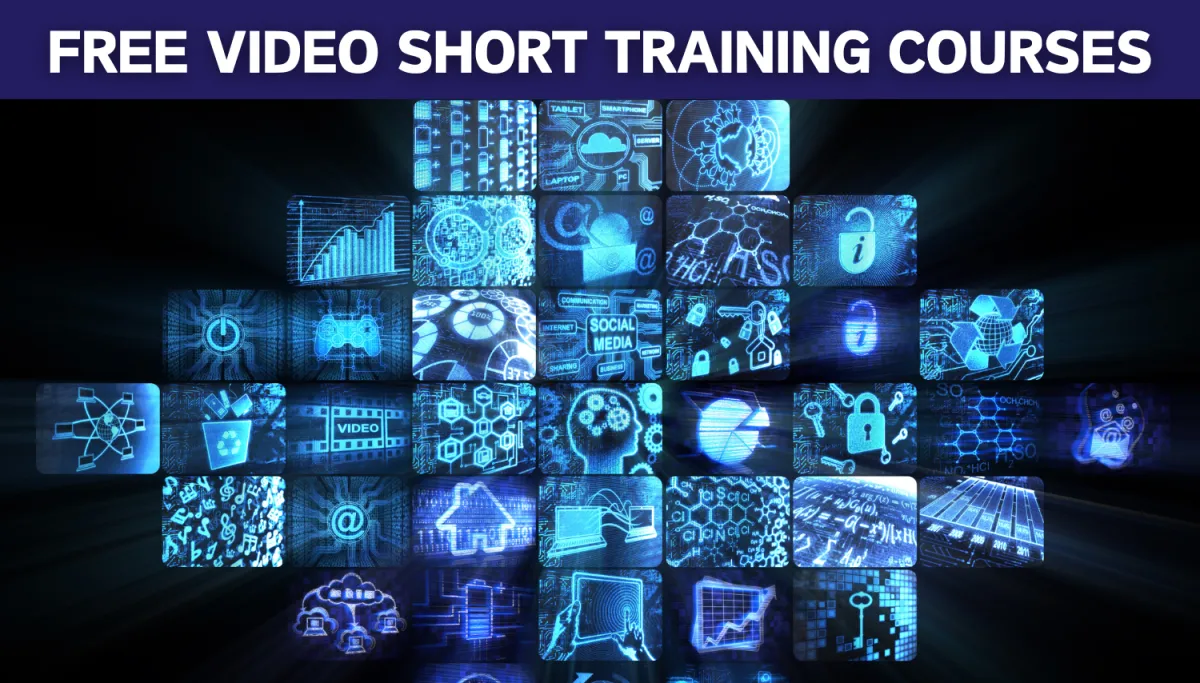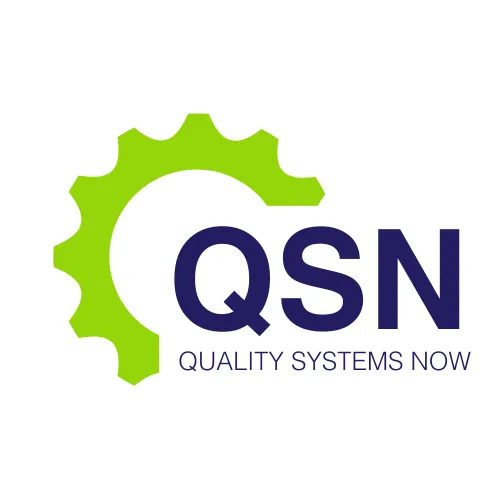LATEST NEWS

Free Video Short Training Courses
Explore the Free Training Videos provided by Quality Systems Now.
Our free training resources cover six key areas: selecting an electronic Quality Management System (eQMS), understanding what a QMS is, the role of a Quality Manager, the distinction between procedures, policies, and instructions, the significance of plain language in quality management, and the basics of document management. These focused courses are designed to provide practical, industry-specific knowledge that can immediately benefit your organization.
1. What Should You Consider When Selecting an eQMS?
Transitioning from a traditional paper-based QMS to an electronic Quality Management System (eQMS) is a critical step for many companies in the life sciences industry. An eQMS automates various aspects of quality management, from document control to change management, offering a more efficient and scalable solution. However, selecting the right eQMS requires careful consideration of multiple factors.
Our free training on eQMS selection provides essential guidance on what to look for during this decision-making process. The course delves into critical factors such as system integration with existing software, user-friendliness, scalability, and the ability to meet regulatory compliance standards. For example, it emphasizes the importance of choosing an eQMS that is 21 CFR Part 11 compliant, ensuring that electronic records and signatures are trustworthy and legally recognized by the FDA.
Additionally, the training highlights the significance of vendor support and the flexibility of the eQMS to adapt to future regulatory changes. By participating in this course, you’ll gain the knowledge needed to make an informed choice that aligns with your organization’s specific needs and long-term quality management goals.
2. What is a QMS?
A Quality Management System (QMS) is the backbone of compliance and operational excellence in the life sciences sector. It encompasses the policies, processes, and procedures necessary to plan, execute, and monitor activities that impact product quality. However, for those new to the field, understanding what a QMS truly entails can be challenging.
Our free training video, “What is a QMS?” breaks down this essential concept into easily digestible information. The course covers the fundamental elements of a QMS, including document control, quality assurance, risk management, and continuous improvement. It also explains how a QMS supports regulatory compliance by ensuring that products are consistently manufactured to meet required quality standards.
The training further explores various QMS frameworks, such as ISO 9001 for general quality management and ISO 13485 for medical devices, offering insights into how each framework is tailored to specific industry requirements. This foundational knowledge is crucial for professionals who wish to understand the building blocks of quality management before delving into more advanced topics.
3. Do You Need a Quality Manager?
The role of a Quality Manager is central to the effective implementation and maintenance of a company’s QMS. For smaller organizations or startups in the life sciences industry, however, the decision to hire a dedicated Quality Manager can be a significant one.
Our free course, “Do You Need a Quality Manager?” provides valuable insights into the responsibilities and benefits of this role. The training discusses how a Quality Manager oversees compliance, conducts audits, manages quality risks, and leads continuous improvement initiatives. It also explores alternative models for smaller companies, such as outsourcing the quality management function or cross-training existing staff to handle quality responsibilities.
By completing this course, participants will have a clearer understanding of whether their organization requires a full-time Quality Manager or if alternative approaches might be more suitable, depending on the size and complexity of their operations.
4. What's the Difference Between Procedures, Policies, and Instructions?
Confusion often arises in quality management due to the misuse of terms like procedures, policies, and instructions. Each of these elements plays a distinct role within a QMS, and understanding their differences is key to maintaining compliance and operational efficiency.
Our specialized training video, “What’s the Difference Between Procedures, Policies, and Instructions?” clarifies these distinctions. The course explains that policies are high-level guidelines that reflect the organization’s overall intentions and direction, procedures outline the specific steps needed to implement these policies, and instructions provide detailed, step-by-step guidance on performing specific tasks.
Using real-world examples from the life sciences industry, the training illustrates how these components interact within a QMS. For instance, a policy may dictate that all products must be manufactured under sterile conditions, while a procedure outlines how to establish and maintain such conditions, and an instruction details the exact steps for sanitizing equipment before use.
This course is particularly beneficial for those involved in creating or managing QMS documentation, as it ensures that documents are organized correctly, making it easier for employees to follow the required processes and maintain compliance.
5. What is Plain Language?
Effective communication is a cornerstone of successful quality management, particularly in industries where technical jargon and complex regulations abound. The concept of plain language—writing that is clear, concise, and easily understood by the intended audience—is therefore crucial in the life sciences sector.
Our free training on plain language in quality management documents teaches how to apply this concept to your organization’s QMS. The course covers techniques for simplifying complex information, avoiding unnecessary jargon, and structuring documents in a user-friendly manner.
For example, a procedure written in plain language might use short sentences, bullet points, and clear headings to break down tasks into manageable steps. This approach not only makes the procedure easier to follow but also reduces the risk of errors, thereby helping to maintain compliance with GMP and ISO standards.
6. Document Management 101
Document management is a critical aspect of any QMS, ensuring that all quality-related documents are properly controlled, up-to-date, and accessible. However, managing these documents can be a complex task, particularly in large organizations with extensive documentation requirements.
Our free training course, “Document Management 101,” provides an overview of the key principles of document control. It explains how to create, review, approve, distribute, and archive documents in a manner that ensures compliance with regulatory requirements.
The course also introduces the use of document management systems (DMS) and how they can streamline document control processes. For instance, an electronic DMS can automate version control, ensure that only the latest approved documents are in circulation, and provide audit trails to demonstrate compliance during inspections.
This training is essential for anyone responsible for managing quality documentation, as it helps prevent common issues such as using outdated procedures or failing to maintain proper records.
